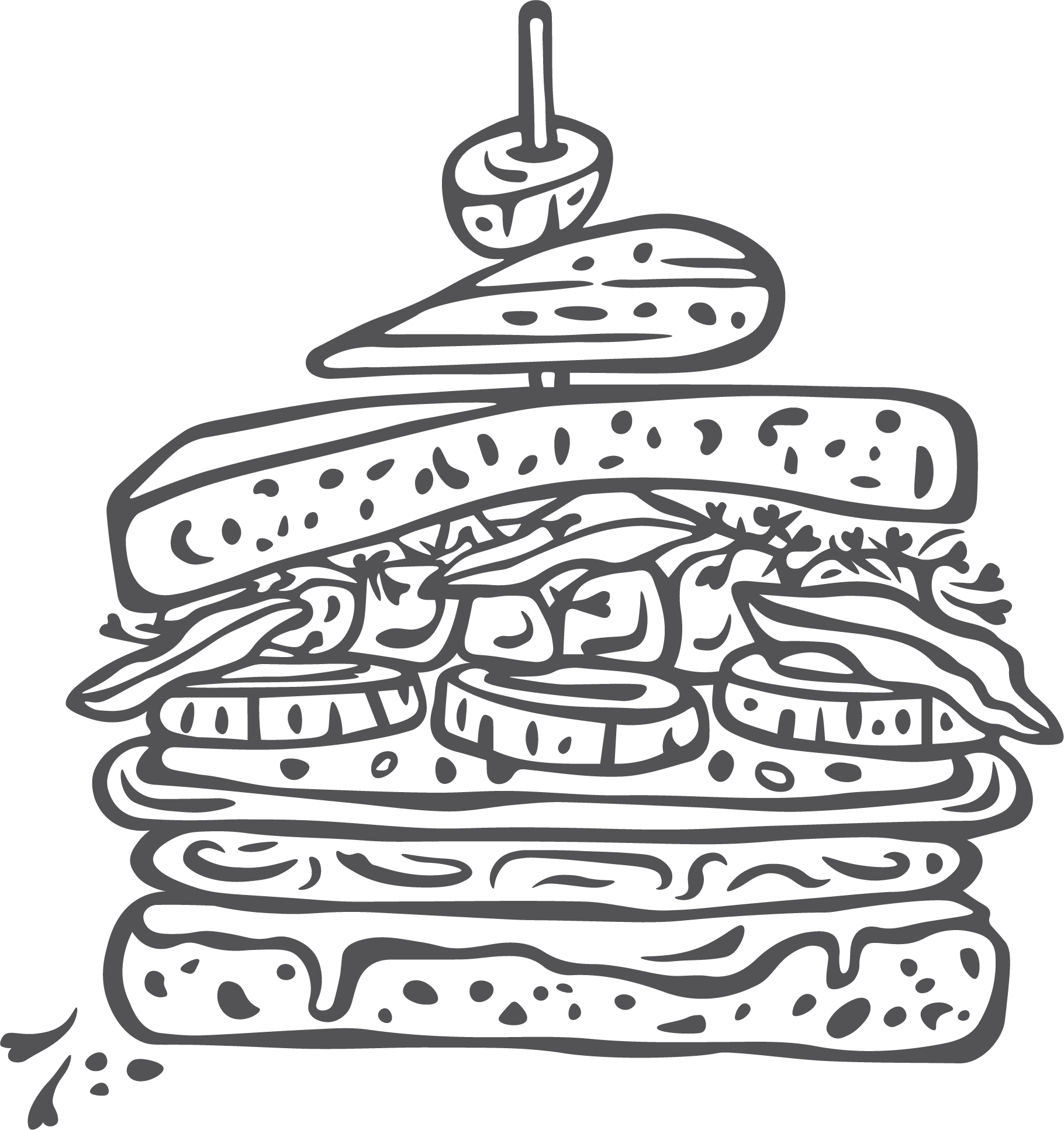

If you’ve read or researched the history of vegetables, you’ll find that most are not native to the United States, finding their way here via other countries. Sunchokes, however, are one of that originated here. You might also hear them referred to as Jerusalem Artichoke, or topinambour but I prefer ‘sunchoke.’ If you need a good read, you can check out the fascinating history of this tuber.
Sunchokes are the root of a specific sunflower, native to the United States. This root has a crisp, clean, nutty taste that can be reminiscent of artichokes. It’s best in late fall/winter, which makes it the perfect addition to soups and stews.
Just one cautionary note. The sunchoke can make some people extra gassy. If you’re unsure the effect it will have on you, try slicing and eating a few bites, then decide from there. It does not effect me, so I cook with them often.
Fall - Spring
Sunchokes can be eaten raw, but are wonderful when roasted, sautéed, steamed, baked, or added to soups/stews.
Look for sunchokes with smooth skin and minimal protrusions. Sunchokes don’t have to be peeled, so finding ones with thinner skins makes for light work. The sunchokes should be firm, and beige or reddish in color, no green spots or sprouting.
Place sunchokes in a dry tea towel, then into an airtight storage container in the refrigerator. Sunchokes can last up to a week this way, occasionally longer - just check for soft spots and mold every other day.
Stampede
Fuseau
Red Fuseau
Golden Nugget
Sunchoke
Smooth Garnet

